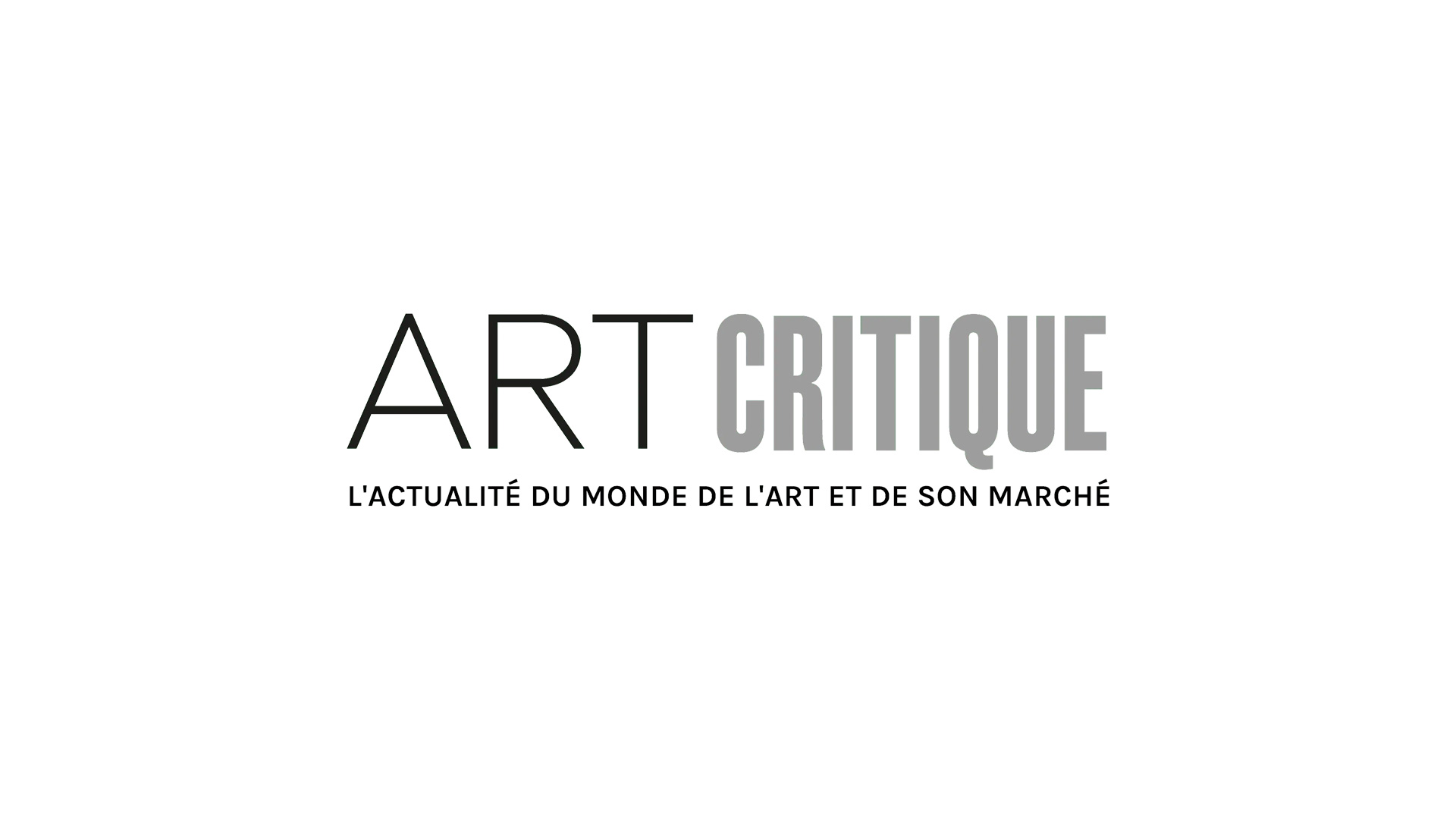A forthcoming exhibition of works by Artemisia Gentileschi will further solidify her place among the (male) greats in the art historical cannon. The well-known and loved 17th century baroque artist has recently become a more recognised star, but her presence has been felt by various, often, but not always, women artist, art historians, and feminists. In this exhibition, though, one artwork that was recently accredited to Gentileschi will notably not be at the National Gallery’s (NG) show; however, a London studio will still make it available to be seen.
David and Goliath (c. 1639) has been debated as an authentic work by Gentileschi, with some, like art historian Gianni Papi, having backed the painting as an authentic Gentileschi. Following a painstaking restoration, though, the painting has been definitely accepted as her work. Simon Gillespie, whose studio tirelessly worked to remove centuries of grit, grime, overpainting, and layers of varnish, will proudly exhibit the painting at their studio by appointment during the run of the NG’s exhibition.

Papi and Gillespie worked together on the conservation of the work and jointly announced their findings in the Burlington Magazine. The UK owner, who has remained anonymous throughout the process, is obviously elated that the work has turned out to be by Gentileschi, whose works have become particularly celebrated in recent years. The painting was acquired for €103,000 (~£89,000) in 2018 just after the NG bought their first Gentileschi, her Self-Portrait as Saint Catherine of Alexandria (c. 1615-1617), for a whopping £3.6 million.
In December of 2018, the NG’s portrait went on display as an ‘early Christmas present to the nation,’ and soon, it will be the focus of the upcoming exhibition, which is simply titled ‘Artemisia.’ The owner of David and Goliath understands that the authentication comes late in the NG’s preparations for the exhibition, particularly as new precautions are being implemented around the spread of the novel coronavirus. ‘I think it would be wonderful if the right public collection expressed an interest in placing it on public display, much as we would also love [for the painting] to be at home for a bit,’ said the owner of long-term plans for the work.

Gentileschi was raised in Rome as an artist by her father, Orazio, who was an artist also. In 2014, a work attributed to Orazio, David Contemplating the Head of Goliath, was included in an NG exhibition but now, it is thought to be a modern forgery having been caught up in the Giuliano Ruffini scandal. At age 17, Artemisia was raped by Agostino Tassi, an artist and acquaintance of her father’s. Tassi stood trial (for property damage as opposed to rape as women weren’t allowed to file lawsuits, so Orazio pressed charges on behalf of his daughter claiming Tassi damaged his property, Artemisia) and during its grueling seven months, Artemisia was tortured under direction of the judge to determine if she lying about the rape. Tassi was found guilty and convicted in 1612 but his sentencing of exile was never enforced. Unsurprisingly, her rape was a pivotal moment in her career and it is often reflected in her work. Gentileschi has since found her spot in canonical art history but also as a commonly used feminist icon.
London’s National Gallery will present ‘Artemisia’ from April 4th through July 26th.





